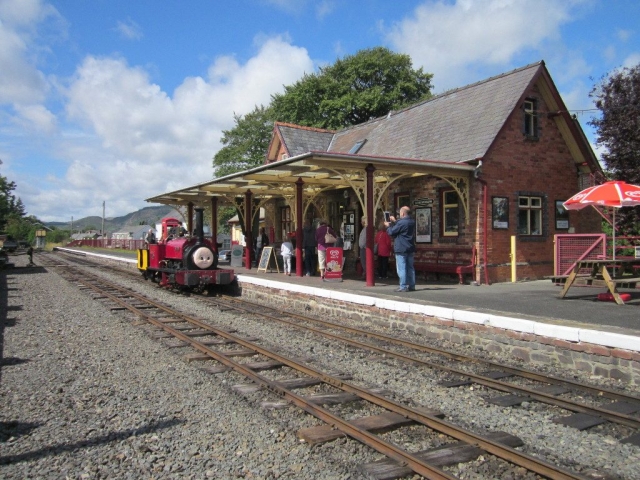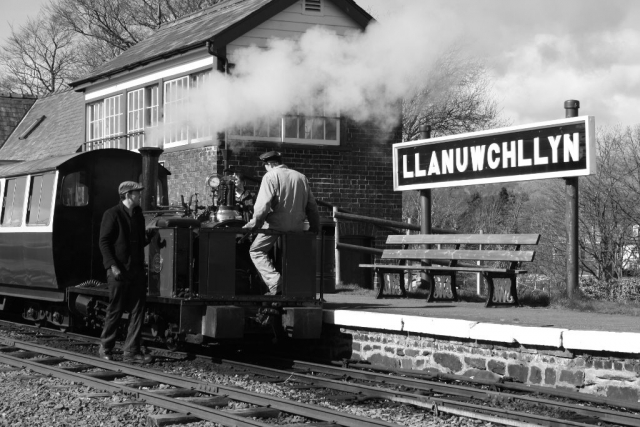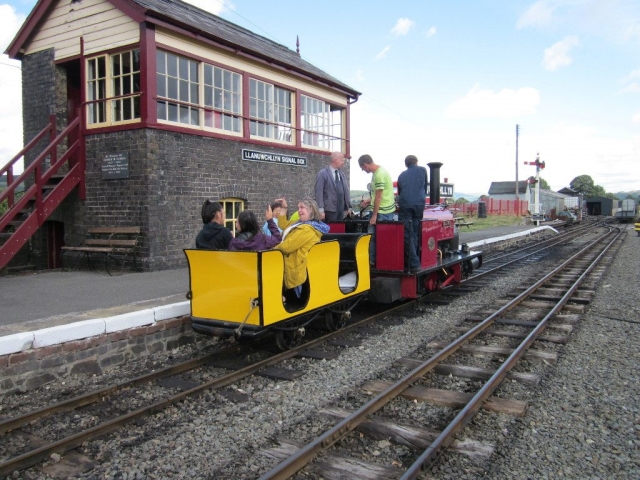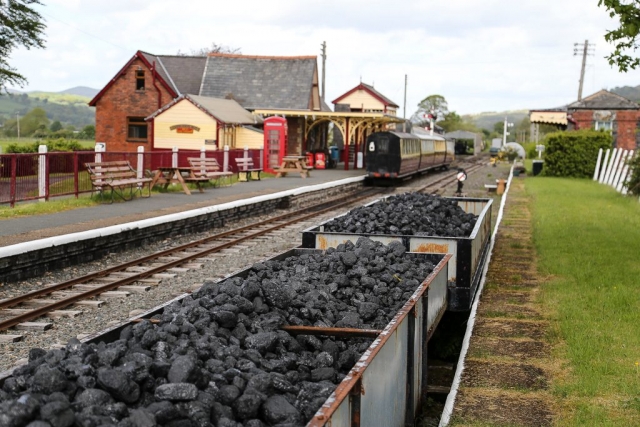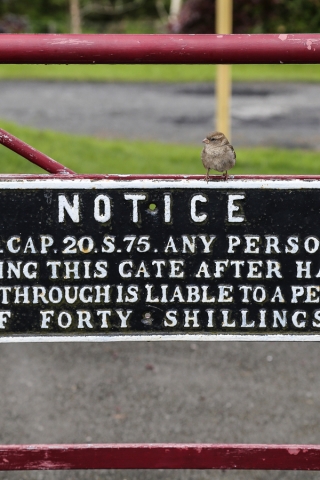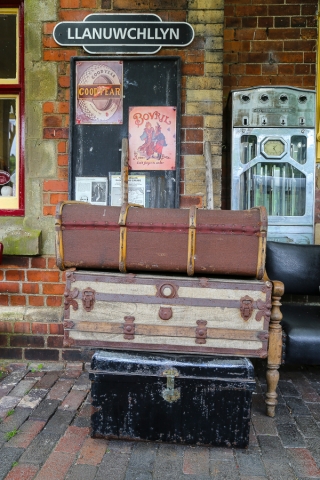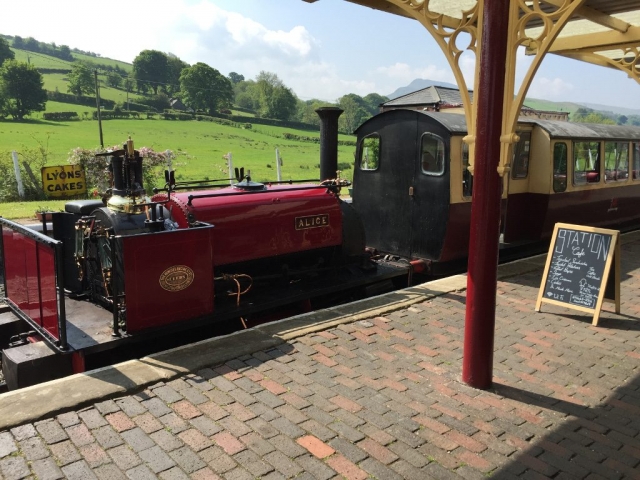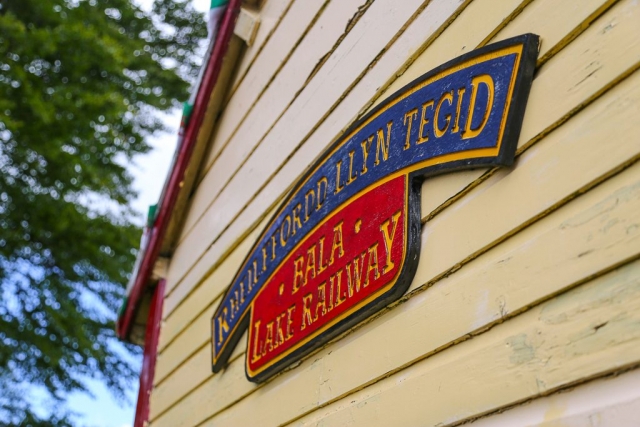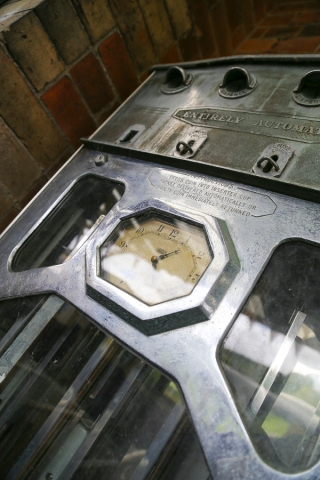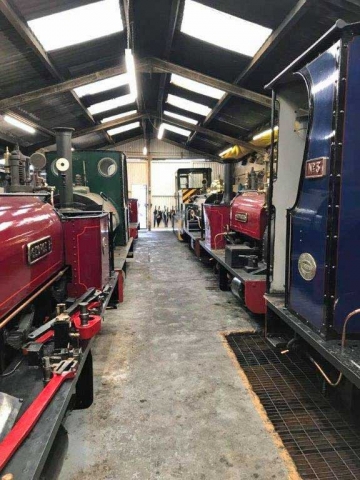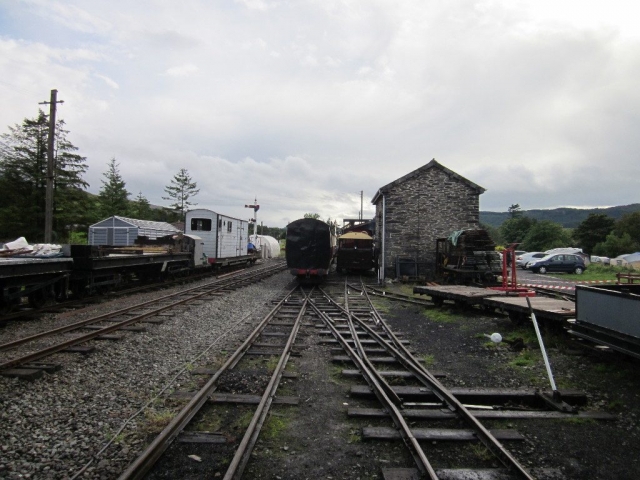The railway's HQ is located in the pretty Welsh village of Llanuwchllyn, where ample free car-parking, refreshments, small gift shop, toilets, picnic tables plus all the railway's storage and repair facilities can be found. We also have a heritage centre which is open on all days the railway is open.
All trains start and finish their journey at Llanuwchllyn and early visitors may be able to view the day's engine being prepared prior to the departure of the first train of the day. After each trip to Bala and back (except the last journey), the locomotive is serviced at the water tower at the western edge of the Llanuwchllyn station site, where this fascinating process can be viewed.
Llanuwchllyn Station features an original Great Western Signal Box that is often open to visitors and provides an unique perspective on the station.
Llanuwchllyn Village
Sited at the head of the lake, the village has a long history. In the church there is an interesting old communion plate showing the story of the Temptation in relief and there is also a recumbent effigy of a mail-clad knight of the 14th Century in the church. We have recently been informed that the church is no longer open to the public.
Sir O.M. Edwards and his son Sir Ifan ap Owen Edwards were born in Llanuwchllyn. The latter founded Urdd Gobaith Cymru, the Welsh Youth Movement in 1922.
The village is home to a famous mixed choir called Côr Godre’r Aran, a keen amateur football team and previously one of the Members of the UK Parliament.
There is an excellent pub in the village, Yr Eagles, where you can enjoy a pint and a full meal should you want something more substantial before or after your trip on the railway.

Arthurian Legends & more
A mile or so down the main road to Bala, unmarked, is Caer Gai, once the site of a Roman Fort. The Fort was garrisoned from AD 75-130 and contained a civil settlement and a cemetery. The Fort was positioned on an important strategic route near sources of gold, lead and manganese. Tradition has it that it was the home of Sir Hector from the King Arthur legends and the name commemorates his son Cai Hir (Long Kay) – that’s the Sir Kay of the legends.
In latter times, during the English Civil War, one Rowland Vaughan, an ardent royalist, lived at the farm built within Caer Gai. After the battle of Naseby (1645), Oliver Cromwell instigated a hunt for Royalists and his army tracked Rowland Vaughan to his farm. Although Vaughan escaped, the property was destroyed by Cromwell's men.


